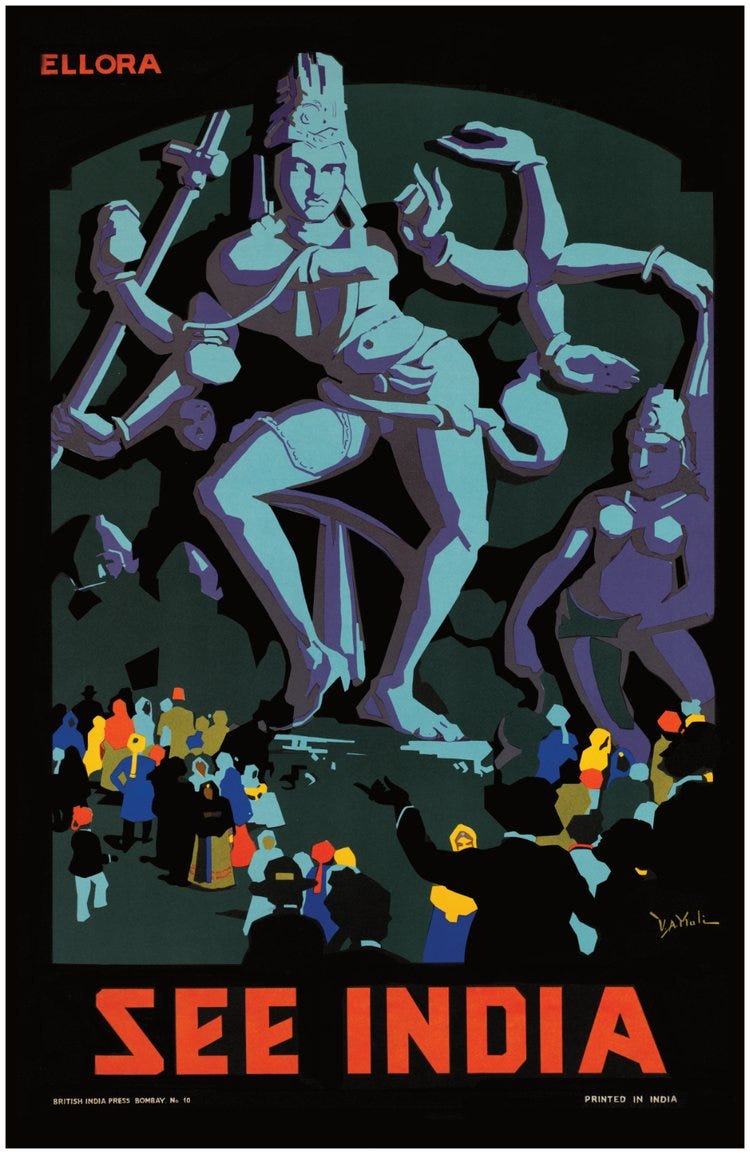Welcome to the Brown History Newsletter. If you’re enjoying this labour of love, please do consider becoming a paid subscriber. Your contribution would help pay the writers and illustrators and support this weekly publication. If you like to submit a writing piece, please send me a pitch by email at brownhistory1947@gmail.com.
Don’t forget to check out our SHOP and our Podcast

How South Asian Diets Reflect Historical Struggles
What emotion does the thought of a fresh home-cooked meal invoke in you? A feeling of comfort, a boost of happiness, or perhaps even the warmth of nostalgia. You probably did not feel scared or instantly think of lifeless bodies or parched lands. Food is not usually associated with the optics of war, but a plate of a home-cooked meal is a weapon of war as much as a missile tank is. Food, clothes, and shelter are the most basic rights of people. In events of violence, these are also the first to be taken away from them. It does not take much effort to wipe a community from the face of the earth without these basic resources, especially food and water. While endangering the civilian population during a conflict is globally frowned upon, cutting off resources is one of the initial tactics deployed by militaries everywhere.
One such strategy is the ‘scorched-earth’ policy. The Encyclopedia Britannica explains the scorched-earth policy as “the military tactic of destroying everything that enables the enemy to wage war, including crops, livestock, buildings, and infrastructure.” This tactic is usually employed by colonial powers or discriminatory governments to weed out ethnicities that they deem are polluting their state. Some examples would be the Myanmar junta with Rohingya Muslims, Israeli colonizers in Gaza, and Germany against Russia during the Second World War.
Another example of the weaponization of hunger would be when the British colonial powers engineered a famine in Bengal (between 1943 and 1944) which killed more than three million Indians. While the British had long blamed the famine on natural disasters and unavoidable global circumstances, a 2018 study by economist Utsa Patnaik published in Economics and Political Weekly explains how the famine was manufactured by British Prime Minister Winston Churchill following the monetary policies drafted by the British Chancellor to the Exchequer (and father of macroeconomics), John Maynard Keynes.
This essay explores various movements in South Asian history when hunger became the unifier, food security a cause, and food used as a weapon of war and resistance.







